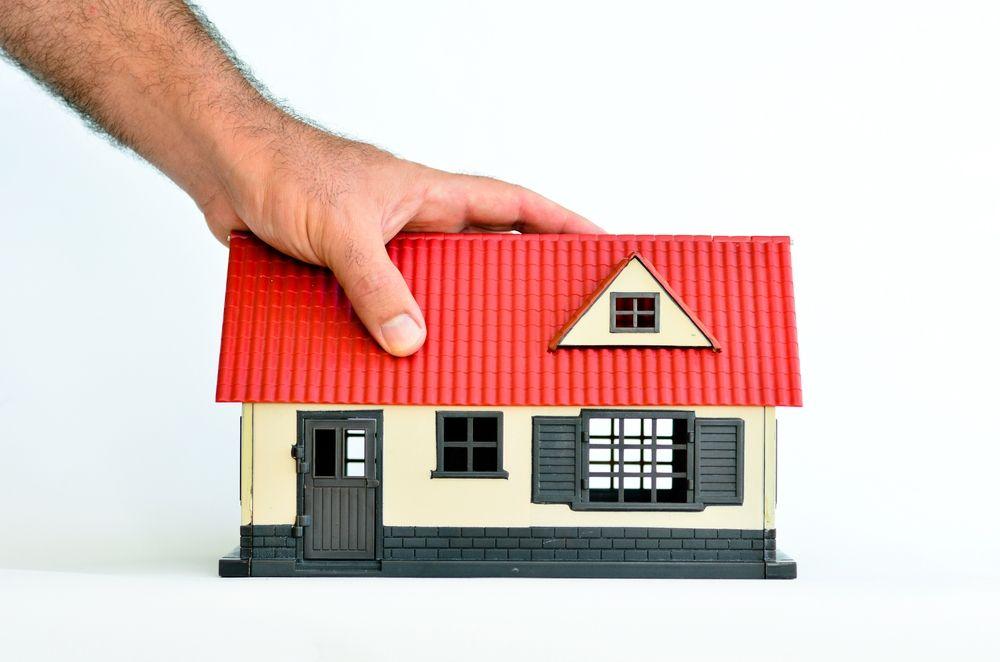When buying a home, you need to get homeowners insurance before your lender will close your loan.
This insurance can protect your home from damage, reimburse you for loss of property and protect you from liability for accidents that harm others in your home. There are, however, some occurrences that homeowners insurance doesn't cover, although they would seem like the kind of damages insurance would protect you from.
One of the most prevalent issues that affect U.S. homeowners is floods. However, homeowners insurance does not cover damages caused by these naturals disasters. Damages caused by earthquakes, personal property, sewer backup, acts of war, nuclear plant accidents and some forms of terrorism are also not covered. The list goes on, and the large number of exclusions may have you wondering how you can get comprehensive coverage when you buy a home.
For the many disasters that are not covered, there are homeowners insurance riders that you can add to your policy. These riders are at times offered through a third party, but they can be the difference between financial security and strain if your property is damaged and in need of costly repairs.
A couple of notes about riders
Like all contracts, you should be sure to read the fine print when signing up for homeowners insurance and the riders you add. By thoroughly reviewing all the details of your policy, you can have a fuller understanding of what is covered.
Although riders expand coverage beyond your policy, they also have exclusions. If, for example, you purchase a home in a suburb known for flooding, you'll likely want to add flood coverage. It may not rain for months, and the plumbing in your home could be in top shape. Yet, the pipes could burst due to the cold weather, and your home could flood as a result. Flood insurance won't cover the damages, as it only reimburses you for damages caused by natural flooding, such as flooding caused by heavy rain.
Some riders may be required due to the location of your new home. In fact, many homes that are in areas with a high flood risk are required to have flood coverage. When choosing between optional riders, consider the area where your home is located and the likelihood of needing additional coverage. Also, a home inspection can help you determine if there are other risks.
Get the Latest Insights!
Sign up to stay up to date with latest tips, trends and updates from WIN.












